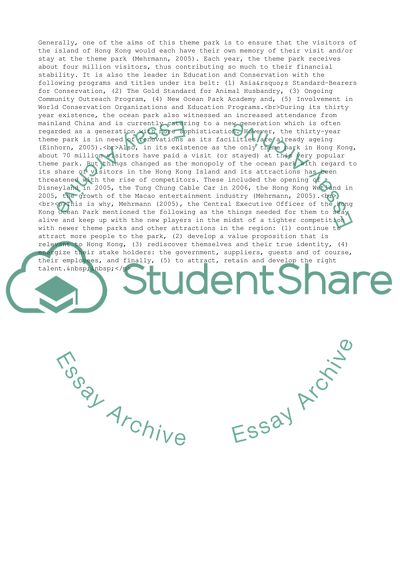Cite this document
(“Ocean Park Hong Kong Recruitment Essay Example | Topics and Well Written Essays - 3250 words”, n.d.)
Retrieved from https://studentshare.org/business/1545718-case-study-ocean-pack-hong-kong-recruitment
Retrieved from https://studentshare.org/business/1545718-case-study-ocean-pack-hong-kong-recruitment
(Ocean Park Hong Kong Recruitment Essay Example | Topics and Well Written Essays - 3250 Words)
https://studentshare.org/business/1545718-case-study-ocean-pack-hong-kong-recruitment.
https://studentshare.org/business/1545718-case-study-ocean-pack-hong-kong-recruitment.
“Ocean Park Hong Kong Recruitment Essay Example | Topics and Well Written Essays - 3250 Words”, n.d. https://studentshare.org/business/1545718-case-study-ocean-pack-hong-kong-recruitment.


